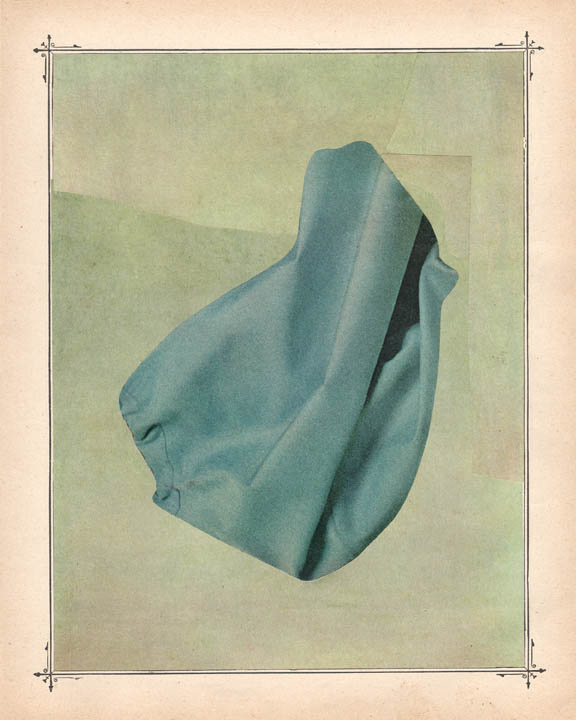
Original collage, 8 x 10 in.
Michael DeSutter
Michael DeSutter’s collages move like soft, delicate gestures held in suspension, each one tracing a moment of curiosity, a pause, a shift. His practice follows a rhythm of collecting, clipping, and arranging, where cuts of fabric and color take on new roles, becoming characters in a newly arranged narrative. In this issue, we step into his process, not as a straight path to a finished work, but as a space where intuition, repetition, and restraint shape the story of his collage practice.
In the Words of the Artist
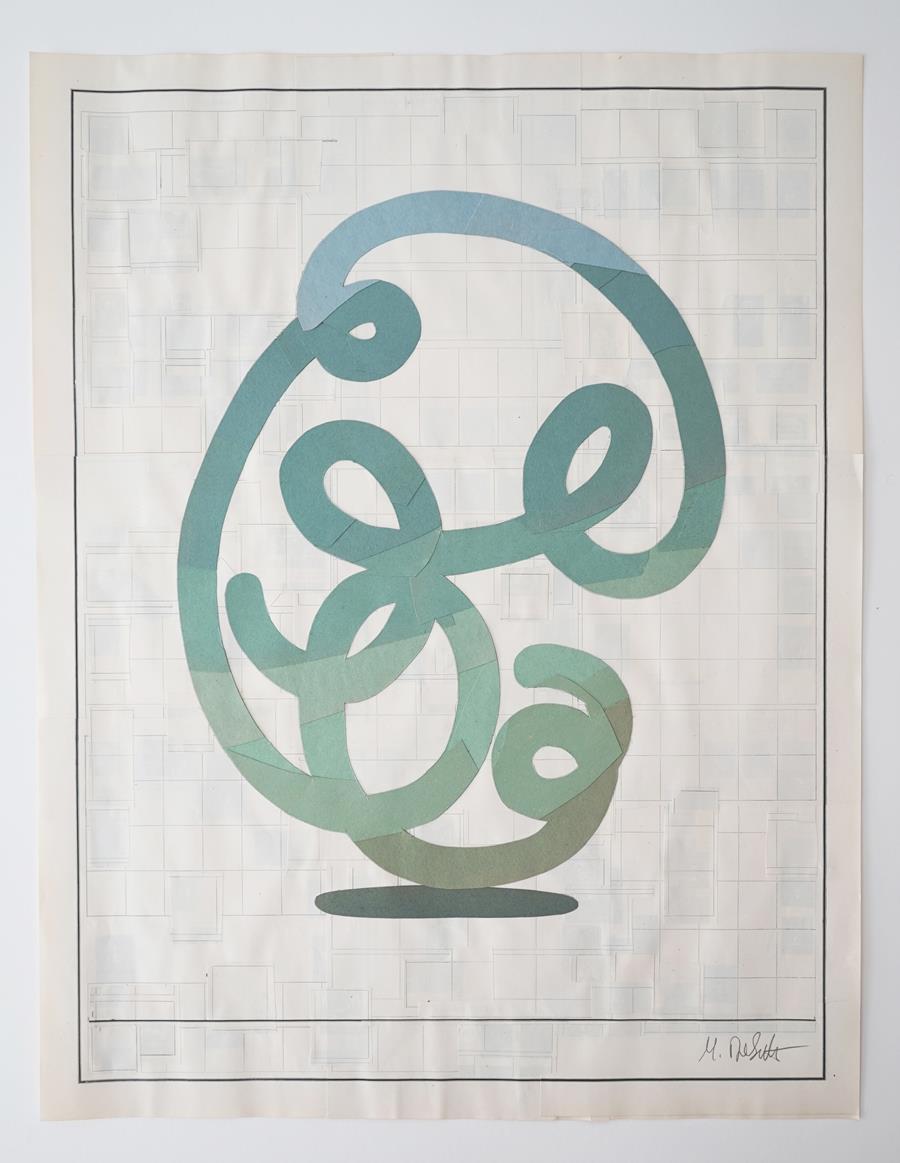
Original collage, 22 x 26 in.
I primarily work with paper to explore ideas around the central theme of movement, usually in abstracted forms. A lot of lines, color progressions, and thinking about the fact that a photograph of fabric captures the way it moves or falls for a millisecond in time, never to be repeated. I grew up loving history and being surrounded by old things, including stacks of magazines. It felt like a natural way of exploring the past. Breaking it down.
For my Counting Bars pieces, I fanned the clippings and mostly glued them where they fell. That felt like freezing a movement in time, but in my more recent work, I constantly retrace the lines from end to end in my mind when I look at them. These pieces don’t feel frozen to me. I’ve been meaning to ask others if they experience that when looking at flowing lines as well, or if that’s just me because I physically drew/shaped each line myself.
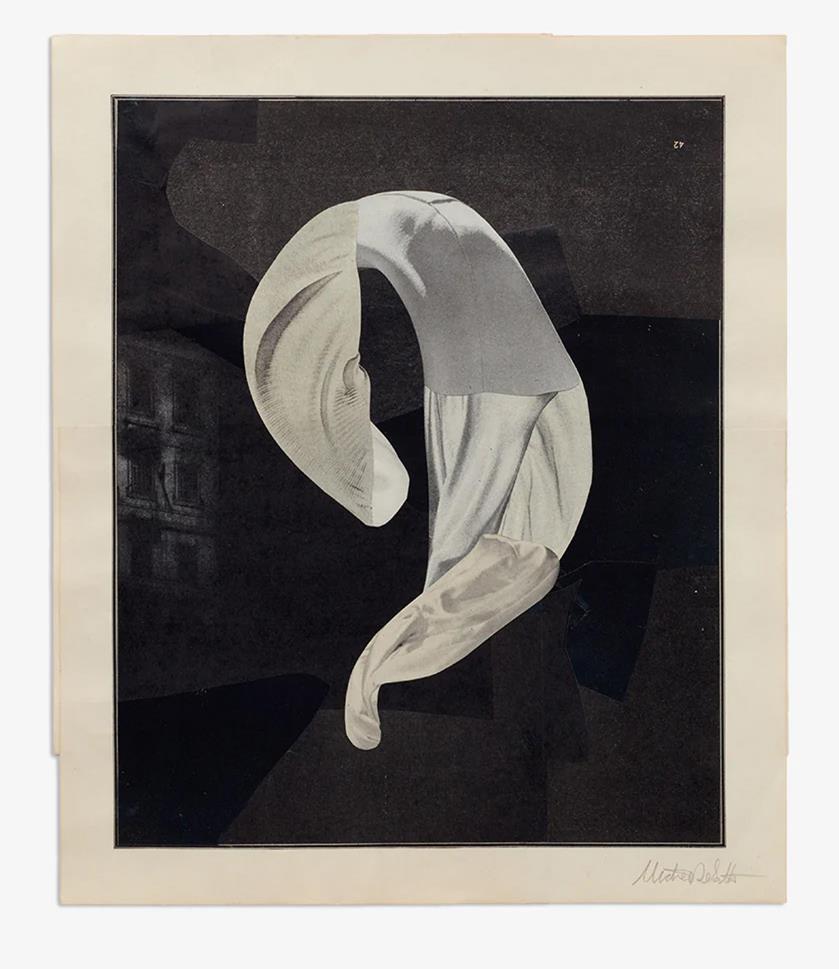
Original collage, 11 x 13 in.
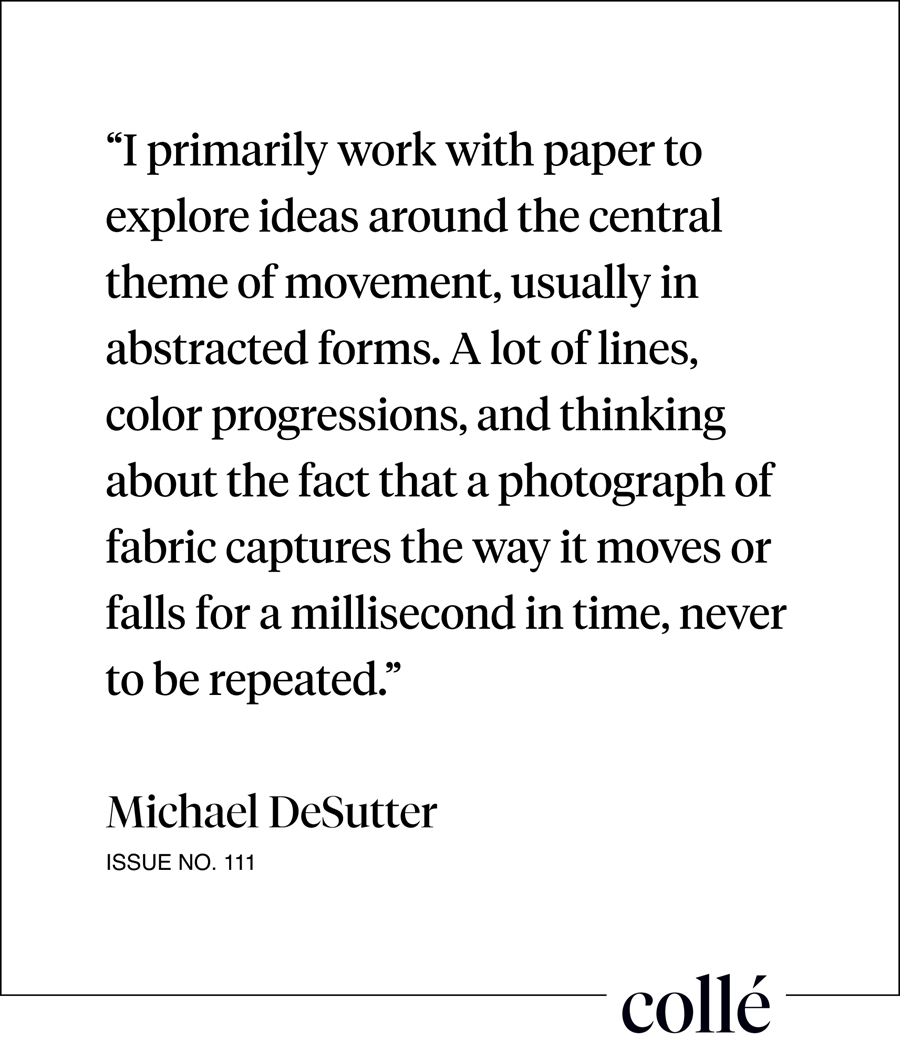
When I first started creating, I needed to make a piece every day to fulfill my need to create. At some point, this wasn’t as fulfilling as it was when I started, and I struggled. I eventually had to figure out a way to fulfill my inner need and a desire for the work to continue to progress.
I started breaking up my time by spending a day or two finding clippings to work with, and then the third day, allowing myself to create work from the pile. I found that I felt a sense of accomplishment each day, and then also started envisioning how the clippings would go together when I got to start working with them. This cycle has only gotten larger. I spend more time conceptualizing work than composing at this point.
Philip Guston said, “Hemingway had said that he leaves his workshop when something has happened in his work that promises him something to do the next day. And I thought, ‘Oh, my God, I feel just the opposite.’ And yet I know that feeling. In the past, I would stop when something happened on the canvas and I would think, ‘Oh, yeah, tomorrow I’ll work on that.’ But that’s like promising yourself a goodie for the next day. I think it’s very adolescent.”
Ok, I could have just referenced Hemingway because I agree with his approach, but I also agree with Guston that it is exactly like “promising yourself a goodie the next day.” Where we differ is that I believe one “goodie” leads to the next “goodie,” and it seems maybe Guston wasn’t as optimistic about that? For me, the space I take between actions opens up more ideas and possibilities and often gives direction to my next moves. It feels endless, and there’s always room for spontaneity.
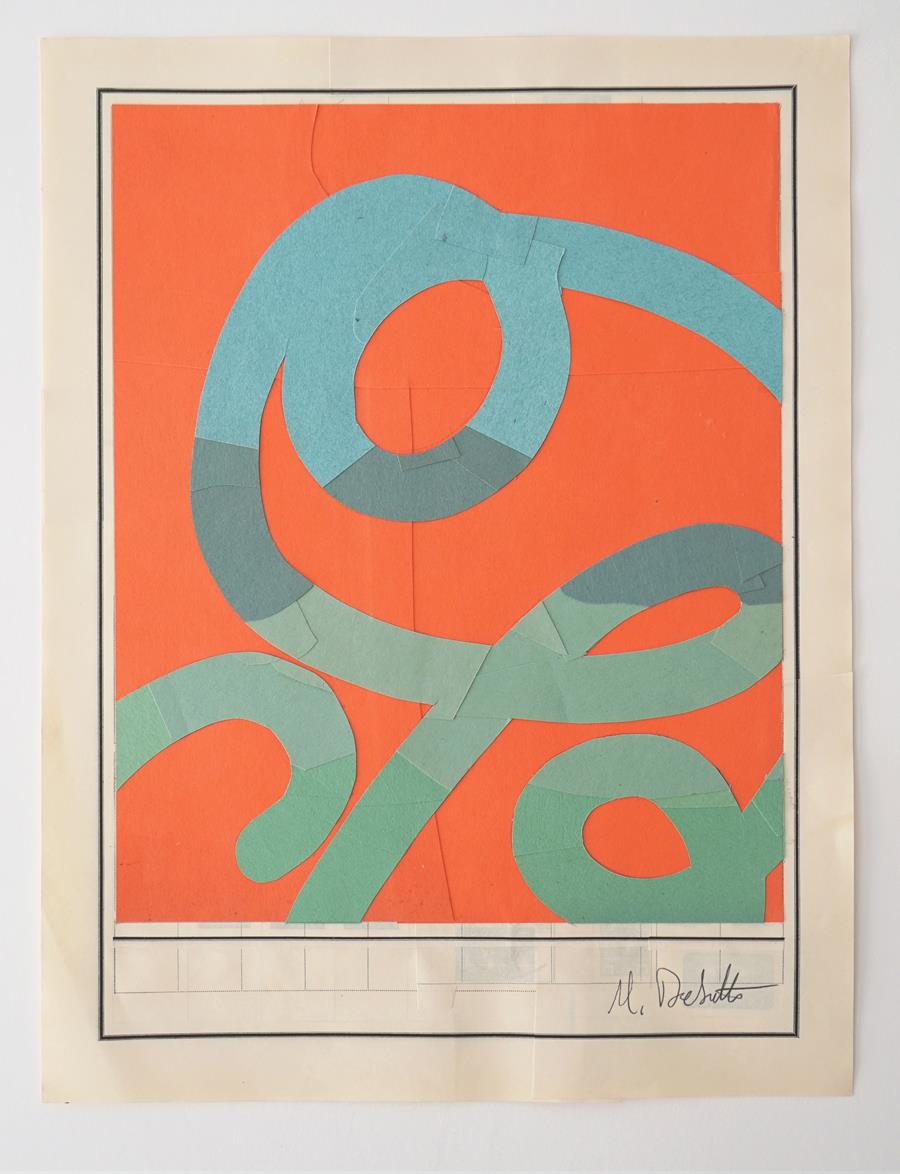
Original-collage, 12 x 16 in.
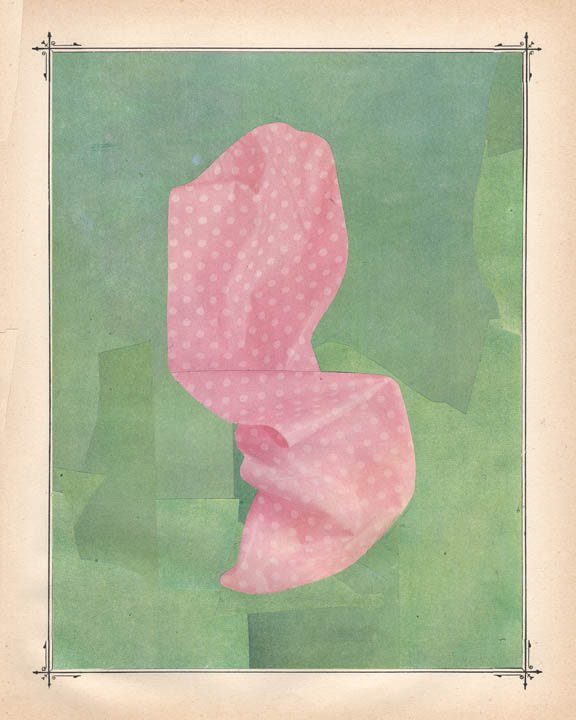
Original collage, 8 x 10 in.
For example, the current exploration I’m working on, I had the initial curiosity in May 2024, started sketching in June 2024, built a series of custom wood panels in September 2024, and started creating paper explorations in March 2025 of how I might complete my wood panels. I have another larger wave of paper explorations before I hopefully complete these panels this summer. I spend a lot of time after hours sitting somewhere, either doing rough sketches or studying phone photos of the work from that day to figure out my next moves.
I subscribe to most of the common fashion magazines, and every six months or so, after they pile up, I clip through the stack for bits of fabric imagery that feel like they have movement I can use. I do this regardless of whether this is even something I’m currently working on. That’s probably the only constant for me as far as source material. Outside of that, what I’m looking for continues to change. Right now, I’m most interested in color, pure color, so I’m looking for vintage construction paper. Different brands and periods give me a larger range of values to work with.
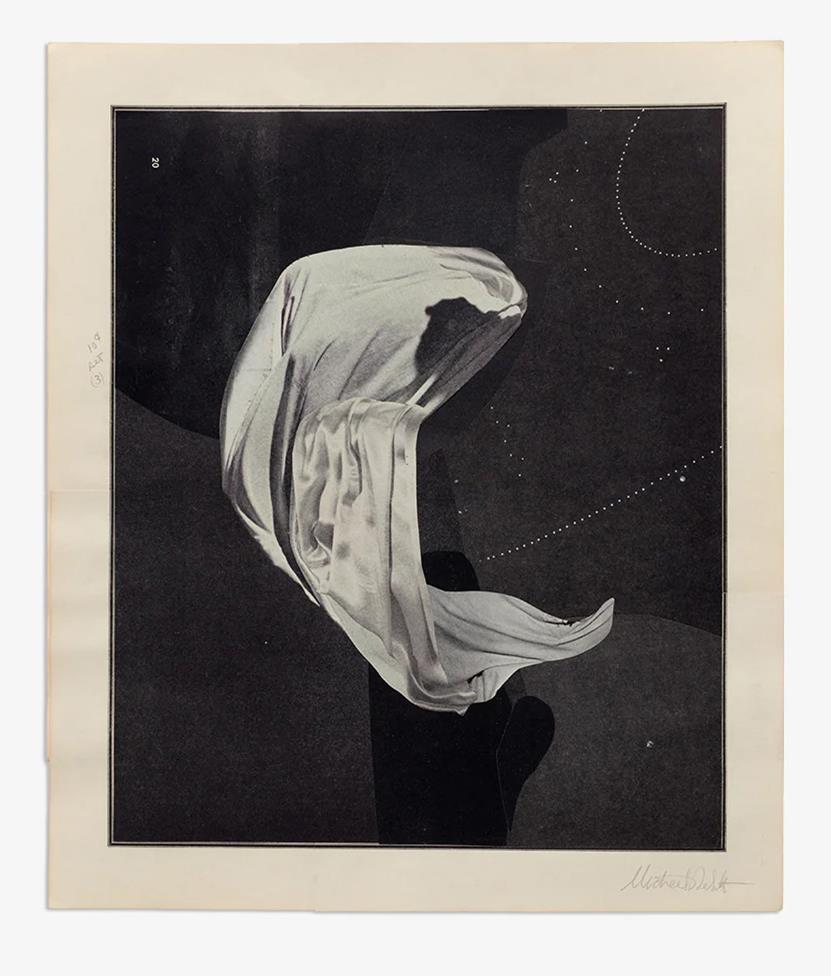
Original collage, 11 x 13 in.
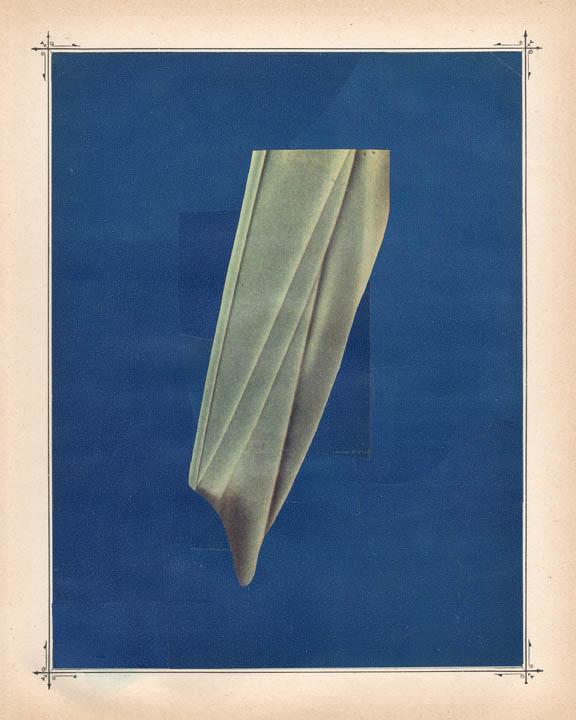
Original collage, 8 x 10 in.

About the Artist
Michael DeSutter is a mixed media artist living and working in Los Angeles. His hand-cut collages have been featured in Booooooom, Contemporary Collage Magazine, Plastikcomb, and AnOther Magazine. His original collages are currently featured at Pharrell's The Goodtime Hotel in Miami. He has shown work around the world, including New York, Los Angeles, London, Paris, and Barcelona. DeSutter attended Purdue University, where he earned a Bachelor of Arts in Photography.
In Anatomy of a Movement, DeSutter invites us into the intimacy of his studio process for his new series of work. Each collage captures a suspended moment, after materials have been gathered and sorted by color and value, but before they’re subsumed into a larger composition. Works from the series are available through Tappan.
For Your Viewing Pleasure
What to watch, read, and experience, as curated by the Collé team.
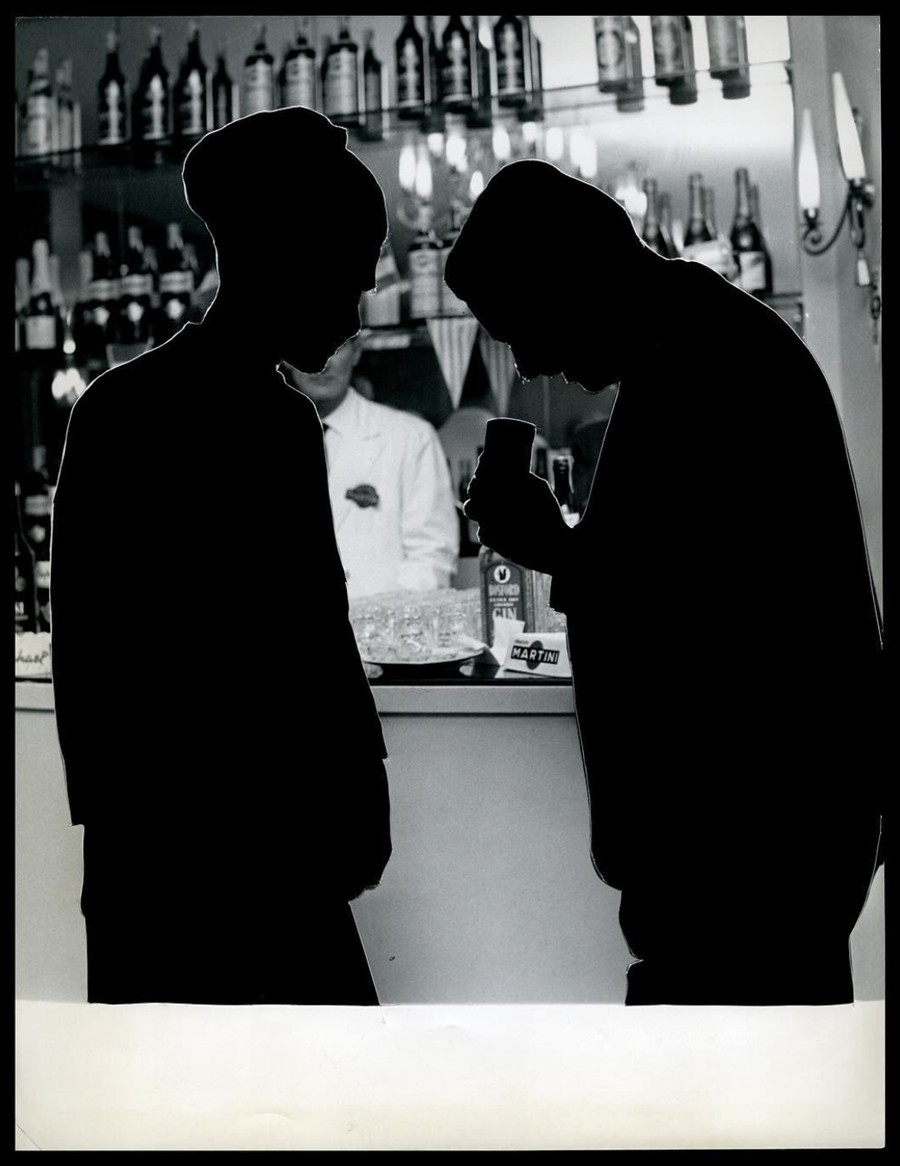
ALAN MAGLIO (b. 1979, Italy) is a Milan-based artist whose work explores memory, the subconscious, and the uncanny through the manipulation of vintage photographs. Using a scalpel, he cuts and reassembles found images with his own, often depicting interiors or night scenes.
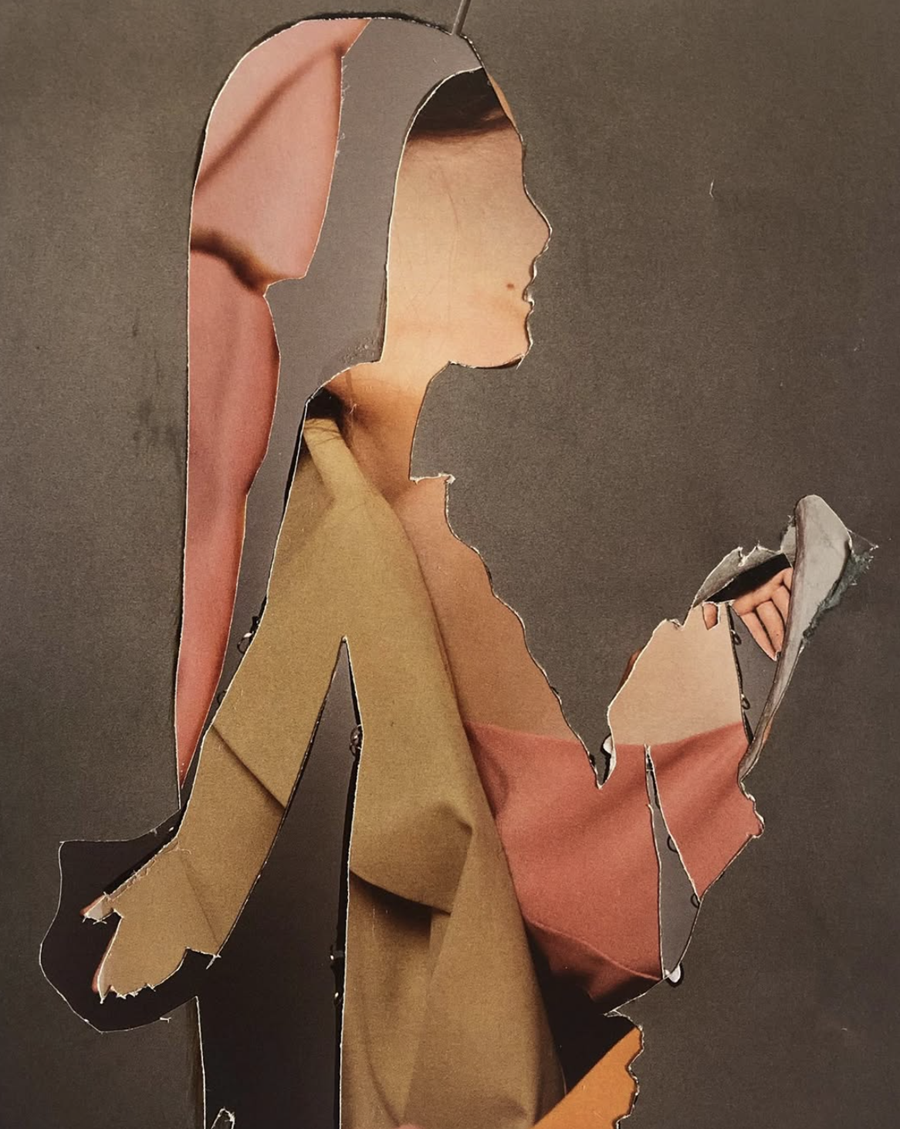
FRANZ MURTAS is an Italian collage artist who reassembles found imagery into surreal, finely composed works that blur the lines between memory, myth, and visual culture. His practice draws on vintage print material to create dreamlike juxtapositions that challenge narrative and identity.
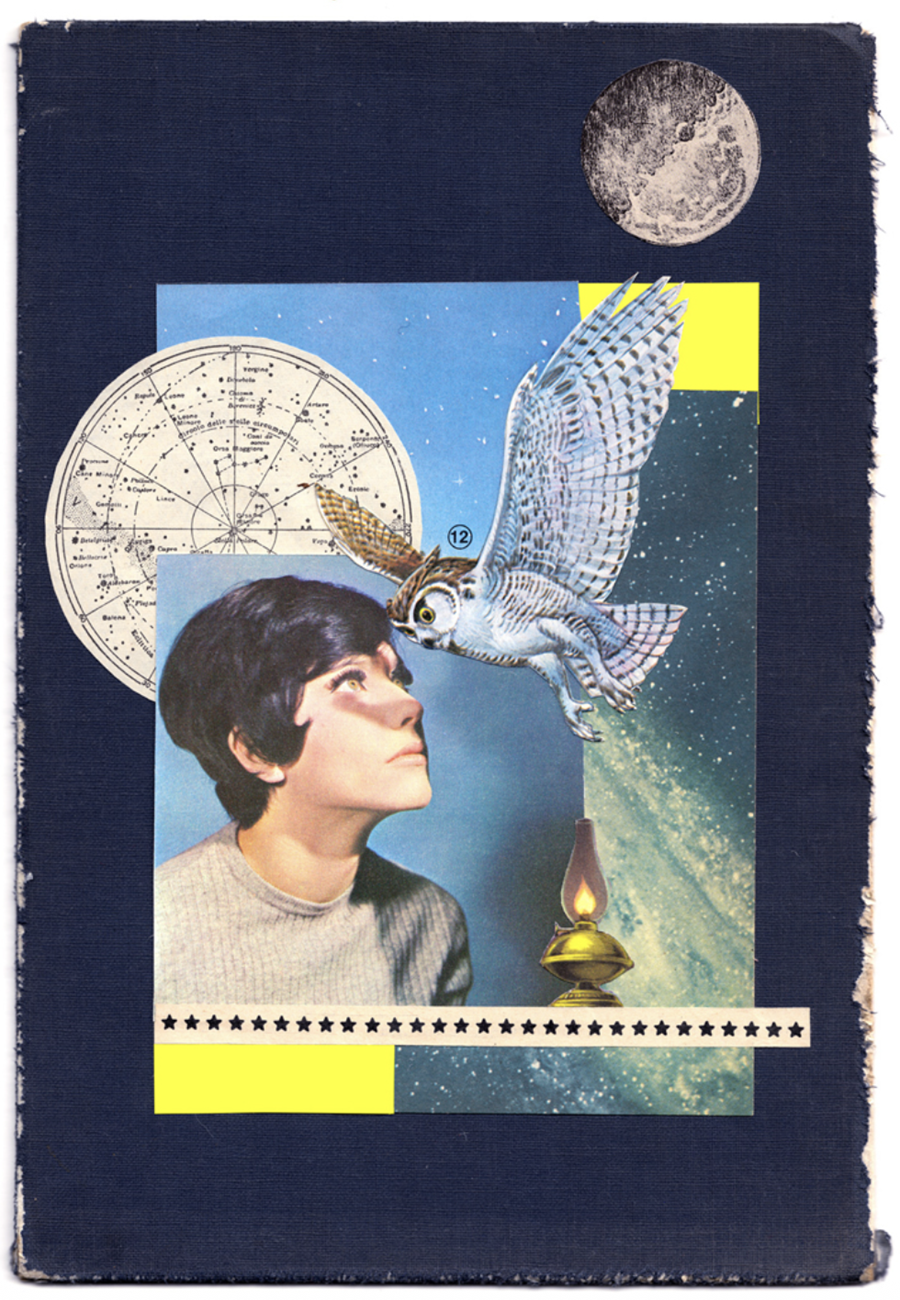
ZENO PEDUZZI works in Milan as an artist and graphic designer. Over his ten years of career, the obsessions for paper and composition joint-ventured in one: collage. He works on personal projects and commissions for art, publishing, and design.
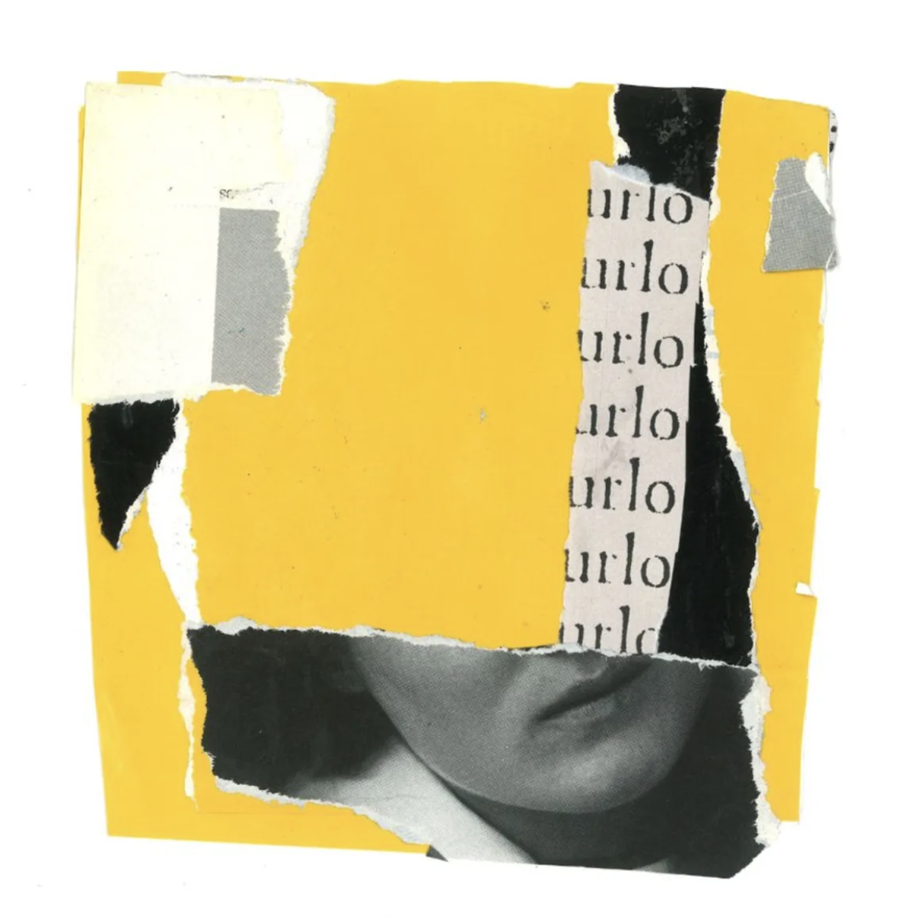
FRANZ SAMSA is a collage artist based in Milan whose work explores psychological fragmentation and surreal visual narratives. Through the manipulation of found imagery, he constructs uncanny scenes that blur the line between dream and memory.
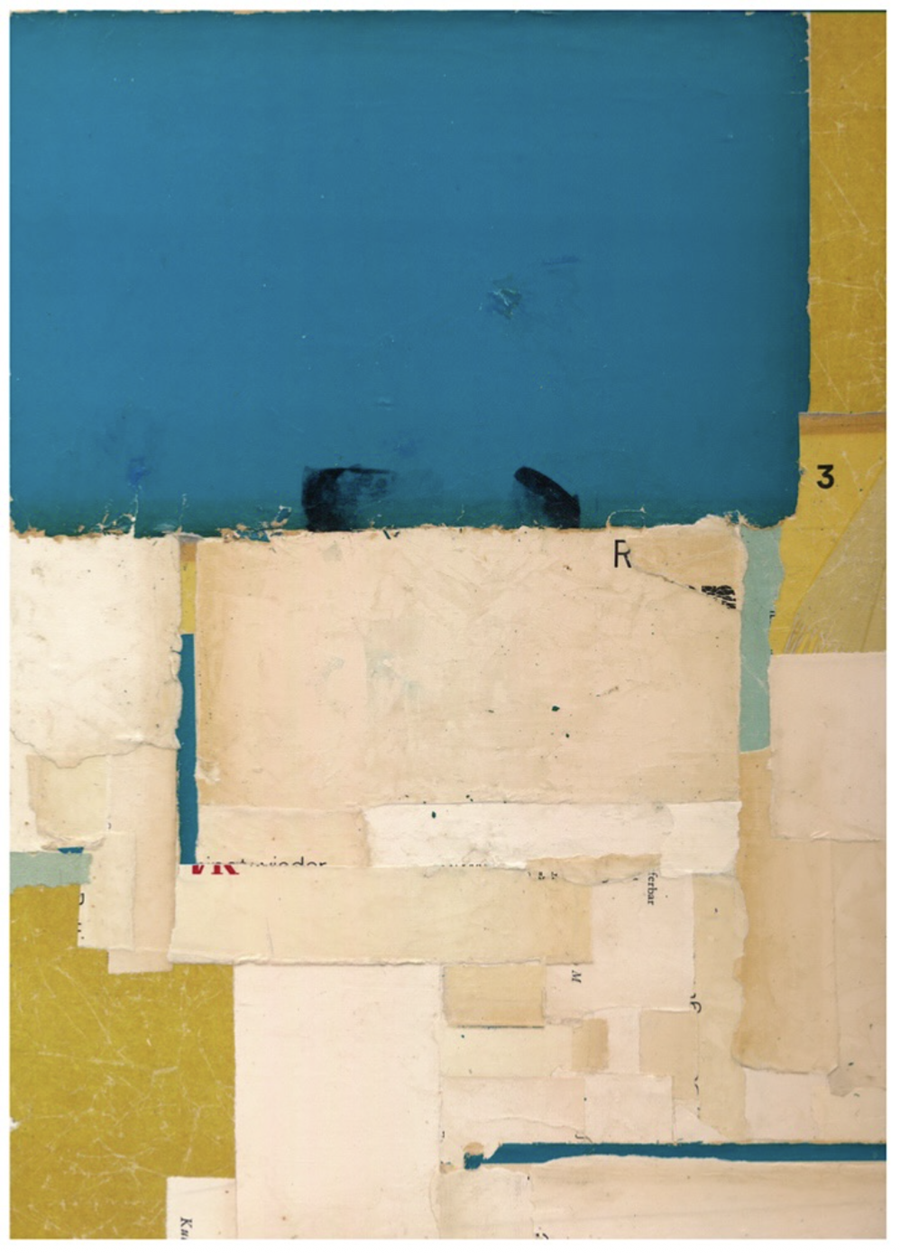
EDINA PICCO is a Berlin-based collage artist whose practice is rooted in early lessons on color and composition learned from her father, Italian painter Enea Picco. After careers in international aid and writing, she returned to art in 2019, channeling her passion into contemporary collage that reflects a lifelong engagement with visual storytelling.
Out and About
What to watch, read, and experience, as curated by the Collé team.
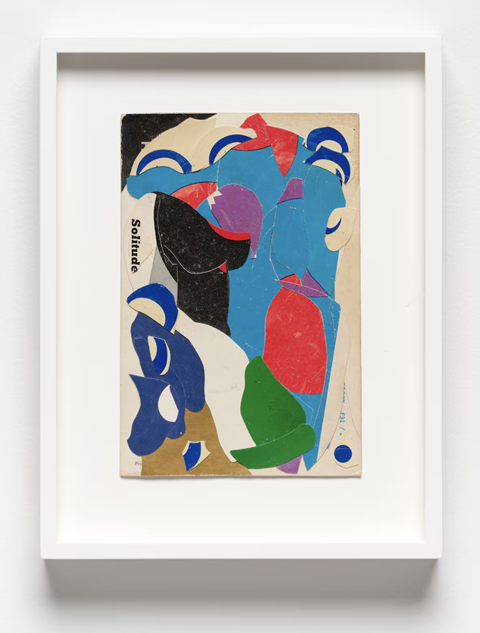
▼ READ
Mars Ibarreche Recycles Packaging and Novels Into Text-Based Collages
Their show “the ephemeral and the enduring” at Pearl District art gallery ILY2 looks like a collection of special-edition book covers.

▼ READ
Kandis Williams: A Surface
by Joel Danilewitz
The Brooklyn Rail highlights how Williams blurs distinctions between performance, pedagogy, and publishing to build a deeply political book-object. Her work refuses linearity, instead offering a visceral and layered approach to understanding how bodies move through systems of control.
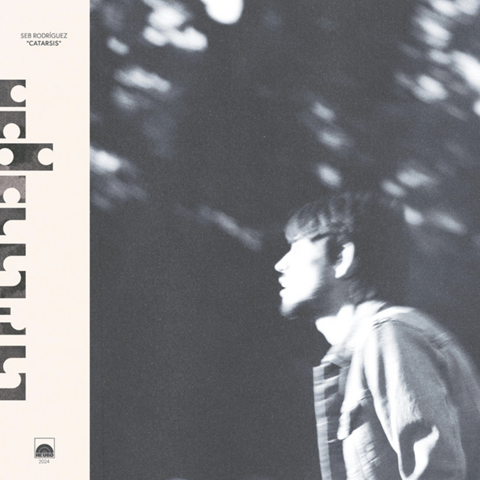
▼ LISTEN
Catarsis by Seb Rodriguez
This album sculpts a lush, cinematic world from the wreckage of memory and myth, layering ambient textures with fragments of spoken word and field recordings. The album moves like a ritual, haunted, slow-burning, and steeped in personal reckoning.
